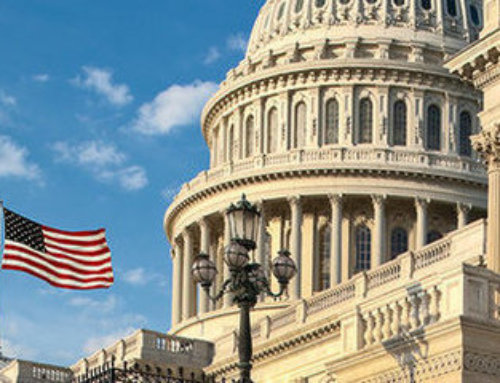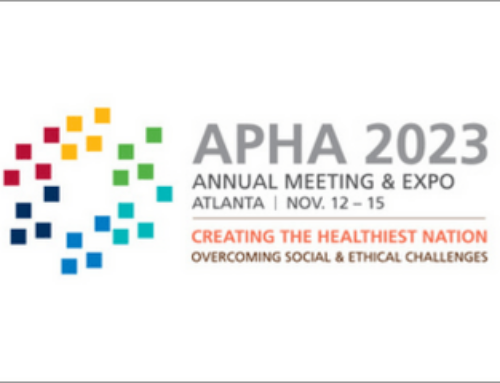About 53 percent of consumers are unaware of health care costs and typically accept any care that is suggested, while 10 percent are “price sensitive” and take costs into account when making health care decisions, according to a study reported by the Deloitte Center for Health Solutions.
Out-of-pocket health care spending by U.S. residents accounted for about 13 percent of the estimated $3.2 trillion in spending in 2010. The study noted that the average annual household income of about $50,000 had out-of-pocket direct health care costs of about $1,300 per capita.
According to the study, the most common areas of out-of-pocket spending by consumers were for Professional services; Retail products and services; Long-term care; Prescription drugs; and Hospital care. The study also broke down health care costs by category. It found that 40 percent of health care spending is covered under a government or private insurance plan, while private insurers paid for 27 percent.
The study estimated that 60 percent of health care expenditures are “necessary,” including physician, clinical and other professional services; hospital care; and prescription drugs. The remaining 40 percent of total health care expenditures are for long-term care, retail products, supervisory care and direct administrative costs.








